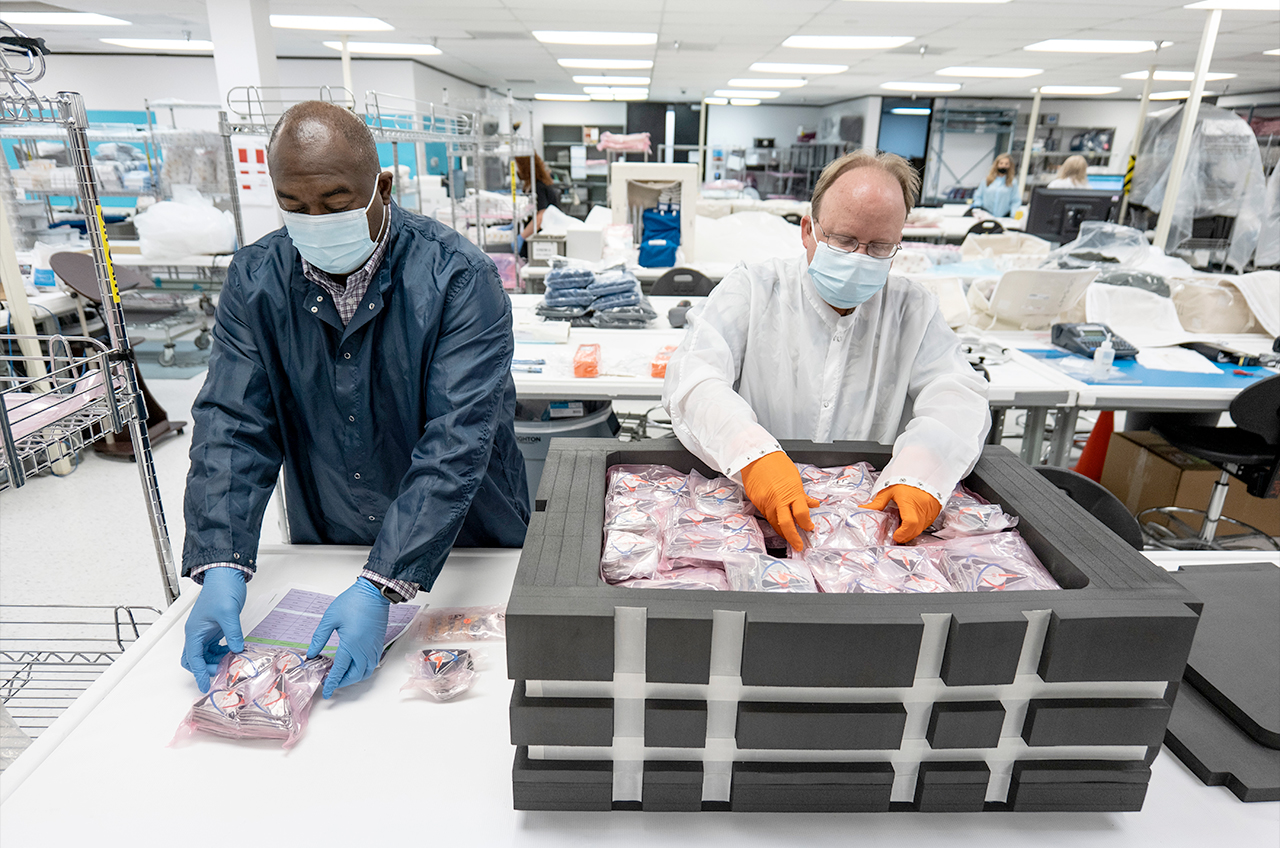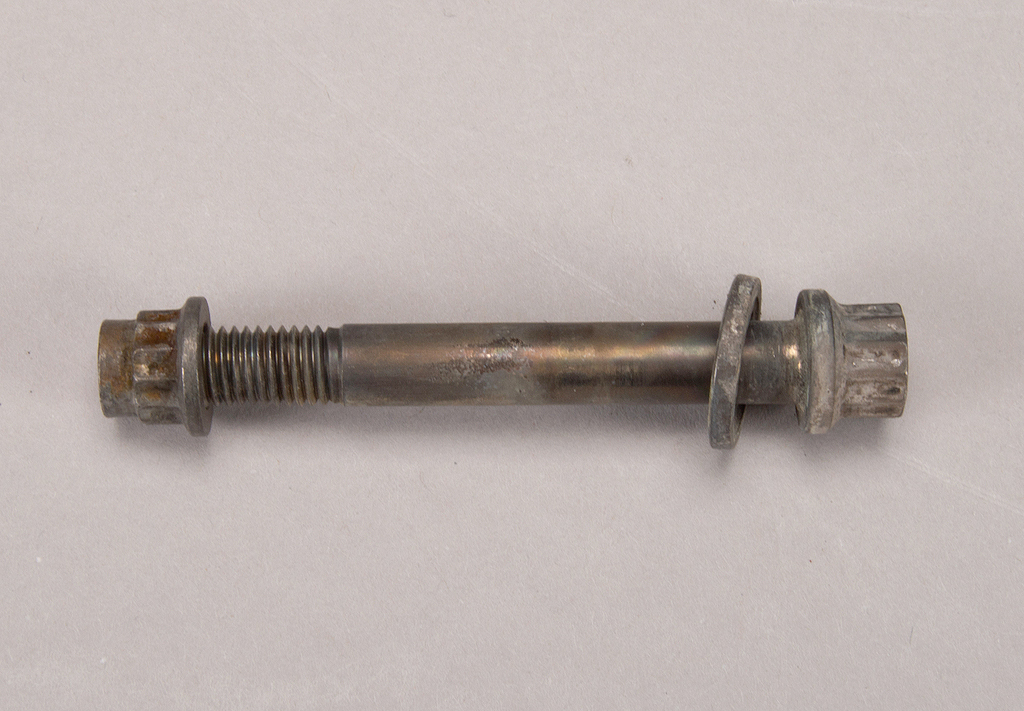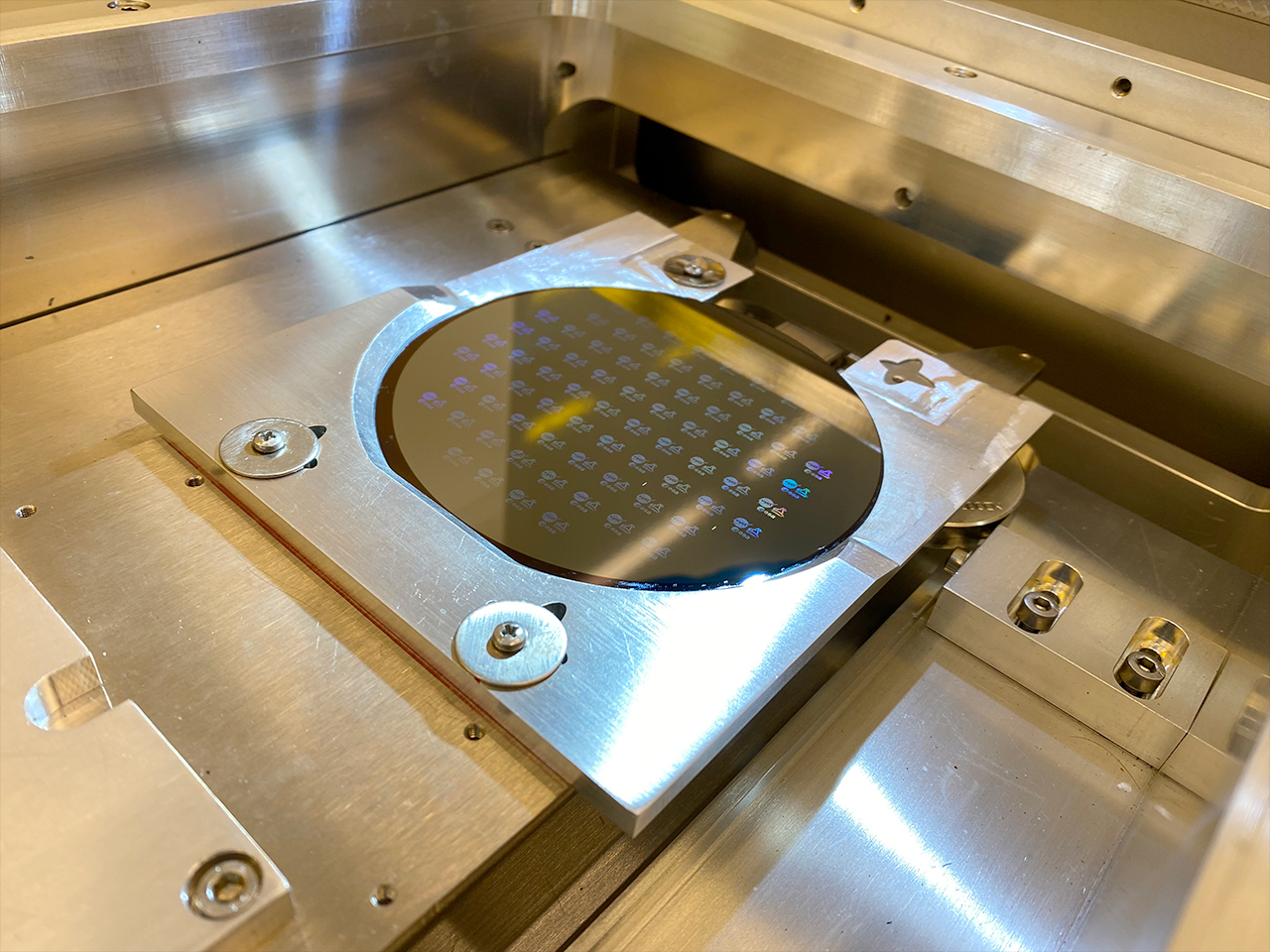Apollo 11 relics among 10,000 mementos flying on Artemis 1 moon mission
Lunar sample and rocket engine artifact connect Apollo first moon landing with Artemis 1 mission.

A small lunar sample and a piece of the rocket that enabled its collection more than 50 years ago are set to launch on NASA's next mission back to the moon.
The Apollo 11 artifacts are part of the Artemis 1 Official Flight Kit (OFK). They are just two items in the OFK, which has been filled with almost 10,000 mementos flying for NASA and its partners and contractors aboard the upcoming moon mission.
A practice that dates back to Apollo 17 — the last time that NASA sent astronauts to the moon, in December 1972 — the OFK is a package of a specified size and weight used to fly commemorative items and tokens of gratitude for those involved in the given mission. The OFK is a counterpart to the PPK, or personal preference kits, that are carried by the astronauts with small items for their family and friends.
Artemis 1 is flying without a crew, but the OFK still represents an important team. The mission is the first integrated test of NASA's Orion spacecraft and Space Launch System (SLS) rocket, a precursor to flying astronauts on future missions to the moon. It has taken, and will continue to take, thousands of people working on the ground to make the flight a success. More than a month long, Artemis 1 will travel farther into space than any previous human-rated mission and enter a distant retrograde orbit before returning to Earth.
Related: NASA's Artemis 1 moon mission: Live updates
From the moon, to the moon
"Neil Armstrong brought some very small pieces of the Wright Flyer to the moon aboard Apollo 11 and we have those in the collection, so this is a tradition that we are participating in, of flying things in space, especially given the opportunity to make those connections between the history of lunar exploration and what's being done now," said Margaret Weitekamp, chair of the space history department at the Smithsonian's National Air and Space Museum, in an interview with collectSPACE.
While the Apollo 11 moon dust (a "lunar sample button") is flying on behalf of NASA's Office of Communications, the "Apollo 11 F-1 engine part" is on loan from the Smithsonian.
Breaking space news, the latest updates on rocket launches, skywatching events and more!

"When we say that we're flying a part of the F-1 engine, it's really a screw, or bolt recovered from the Apollo 11 F-1 engine," said Weitekamp. "'Engine part' from an F-1 makes it sound much, much larger than it is in reality, and by necessity, it had to be something small and very light and inert."
In 2013, a private expedition led by Amazon and Blue Origin founder Jeff Bezos found and raised several F-1 engines off the ocean floor. After being conserved, an engine identified as coming from the Saturn V rocket that launched Apollo 11 was transferred by NASA to the National Air and Space Museum, where it is set to debut as part of a new exhibition in October. The nut, screw and washer are from that engine.
In addition to the F-1 parts, the museum is also flying a medallion commemorating the 1968 Apollo 8 first circumlunar flight and an Apollo 17 embroidered patch.
"We did a search through the collection to find things that we thought were the right mix of being really significant and would have their significance enhanced by inclusion on this flight, but were not things that were not also somewhat duplicated in the collection. We are not flying things that we think are completely unique and therefore are of great risk if put on something like a launch," Weitekamp said.
The Apollo program: How NASA sent astronauts to the moon
Patches and pins and a pen nib
The vast majority of the items in the Artemis 1 OFK are souvenir-type mementos intended for post-flight presentation to space program workers and VIPs. Of the more of than 9,900 items inside the kit, 2,790 are Artemis 1 mission patches alone.
There are also lapel pins, labels and lots of flags — the latter flying for the U.S., its individual states and territories, military branches and NASA programs, as well as the space agency's international partners.
There are items to create even more commemoratives after the mission is over. The Orion, SLS and Exploration Ground Systems (EGS) programs are each flying bags of metal shavings that were made in the course of manufacturing their respective vehicles (the mobile launcher in the case of EGS).

Like the Apollo 11 pieces, though, the standout items in the OFK are those that connect the Artemis 1 mission to other aspects of humanity.
- Four LEGO minifigures and a "Shaun the Sheep" doll represent educational outreach projects by NASA and the European Space Agency (ESA), respectively. Similarly, a pen nib from Charles Schulz's studio wrapped in a space-themed "Peanuts" comic strip are aboard, as is a Snoopy doll in a one-of-a-kind spacesuit. (The latter is not part of the OFK, but rather is flying as the mission's zero-gravity indicator.)
- NASA is also taking 90 Girl Scouts space science merit badges that will be awarded to the winners of a "To the Moon and Back" essay contest.
- There are five USB drives and 60 microchips containing the names, poems, images, drawings or videos submitted by students, educators, employees who worked on Artemis 1 and members of the public, as collected by NASA, ESA, DLR (German Aerospace Center) and ASI (Italian Space Agency).
- The Israeli Space Agency, which is part of the international team flying two instrumented torsos to study radiation exposure during the Artemis 1 mission, is also among the organizations flying tree seeds, including NASA, the agency's Jet Propulsion Laboratory (JPL) and Boeing.
- Israel is also flying a mezuza (a small parchment contained in a decorative case and inscribed with specific Hebrew verses) and a pebble from the Dead Sea. ESA has packed a 3D-printed representation of the Greek goddess Artemis and a postcard of "Le Voyage Dans la Lun" ("A Trip to the Moon"), a landmark 1902 short film directed by Georges Méliès.
Click through to collectSPACE to read the full manifest of the Artemis 1 Official Flight Kit (OFK).
Follow collectSPACE.com on Facebook and on Twitter at @collectSPACE. Copyright 2022 collectSPACE.com. All rights reserved.
Join our Space Forums to keep talking space on the latest missions, night sky and more! And if you have a news tip, correction or comment, let us know at: community@space.com.

Robert Pearlman is a space historian, journalist and the founder and editor of collectSPACE.com, a daily news publication and community devoted to space history with a particular focus on how and where space exploration intersects with pop culture. Pearlman is also a contributing writer for Space.com and co-author of "Space Stations: The Art, Science, and Reality of Working in Space” published by Smithsonian Books in 2018.
In 2009, he was inducted into the U.S. Space Camp Hall of Fame in Huntsville, Alabama. In 2021, he was honored by the American Astronautical Society with the Ordway Award for Sustained Excellence in Spaceflight History. In 2023, the National Space Club Florida Committee recognized Pearlman with the Kolcum News and Communications Award for excellence in telling the space story along the Space Coast and throughout the world.

